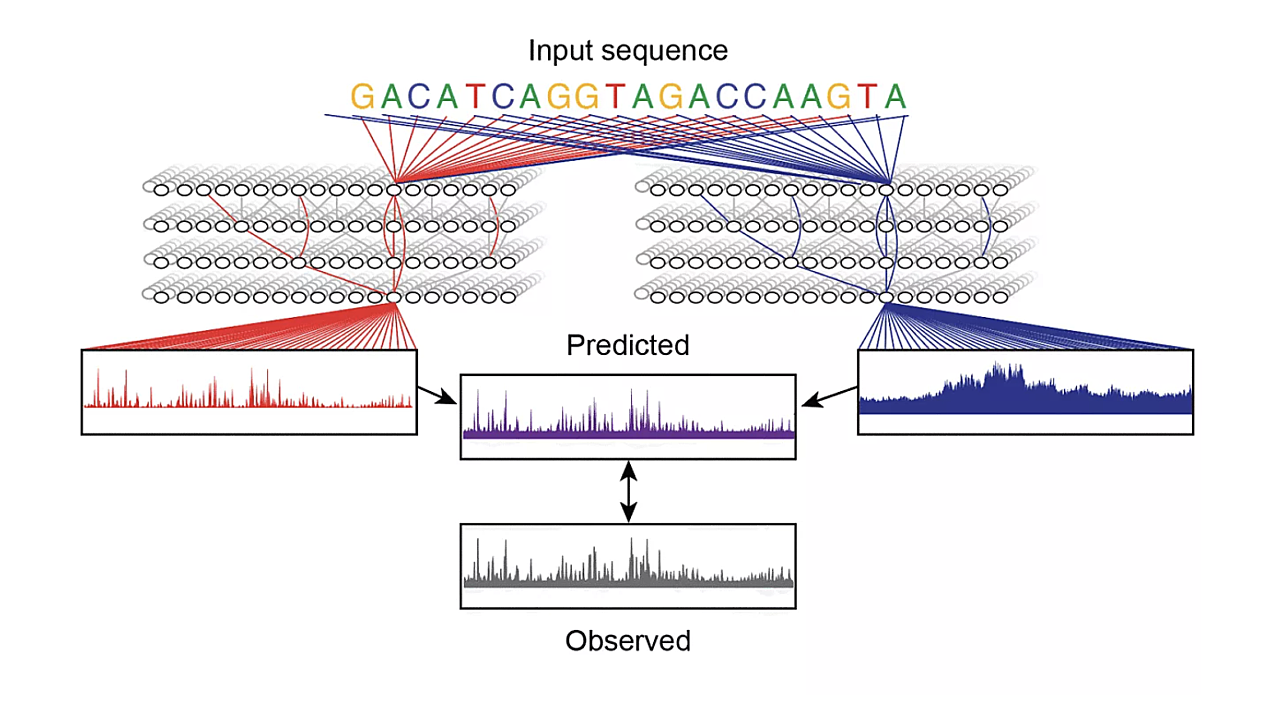1. New Investigators join Stowers Institute
2. The Heart of Huntington's
Research published this year from the lab of Randal Halfmann, Ph.D., uncovered the initial structure of the amyloid responsible for Huntington’s. This finding solved a 30-year-old problem and indicated a novel potential treatment for Huntington’s and related neurodegenerative diseases.
While humans and sea anemones differ drastically in appearance, new research from the lab of Investigator Matt Gibson, Ph.D., uncovered that both use a common genetic toolkit during development. Since the same programs direct developing body segments in sea anemones and vertebrates, this finding is like traveling 600 million years back in time to understand how the first animals on Earth evolved.
The Stowers Institute has a new lab with an ocean view at the Marine Biological Laboratory (MBL) in Woods Hole, Massachusetts. This is the first time a research institute has established a year-round presence at the MBL, providing a powerful partnership along with opportunities for Stowers scientists to conduct marine research on the coast. Read more about the lab and what Woods Hole is all about.
5. Investigating Infertility Through Collaboration
6. Hawley Lab Discoveries: From chromosome evolution to sperm count
Two discoveries were featured this year from the lab of Investigator Scott Hawley, Ph.D. First, a 20-year-old extra chromosome discovered in fruit flies is correlated to similar kinds that can arise in humans, which are associated with cancer-resistant therapy and infertility. Second, in collaboration with the Wellcome Centre for Cell Biology at the University of Edinburgh, research uncovered one reason for male infertility which may explain why some men do not make enough sperm.
7. Gerton Lab Discoveries: From the placenta to anti-cancer drugs
Investigator Linheng Li, Ph.D., is uncovering fundamental principles that unite various cancers and working to provide insights into the mechanisms underlying cancers of the blood and intestinal systems including leukemia, adenocarcinoma, and adenoma. His work is revealing new insights that could one day lead to novel cancer therapies, offering hope in the long-standing battle against cancer. Read more about “A Niche for Cancer.”
Cavefish that colonized underground caves display couch potato body types yet have evolved unique metabolic adaptations providing them with surprising stamina. Research from the lab of Nicolas Rohner, Ph.D., found their unexpected endurance was due to genetic reprogramming of sugar storage, which may lead to insights on human conditions like diabetes and heart disease.
10. When Biology and Computing Collide






